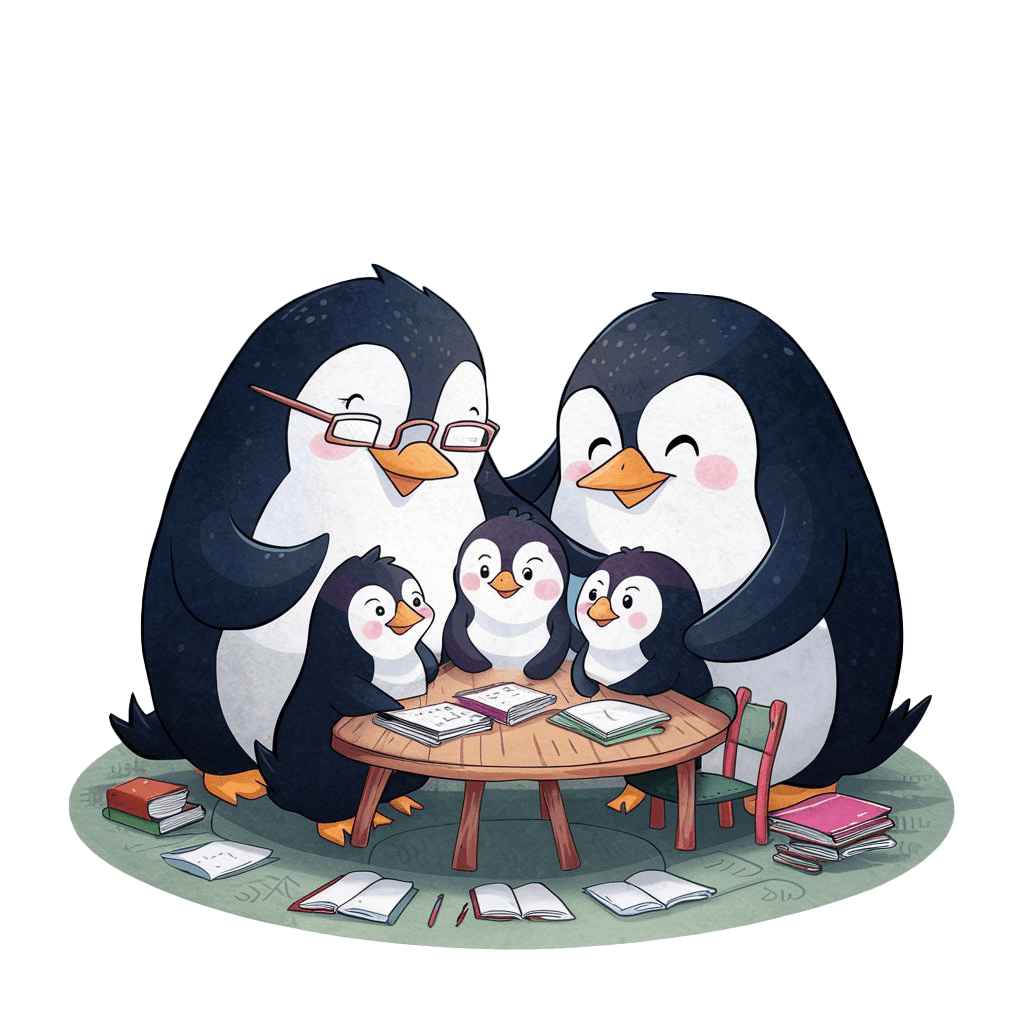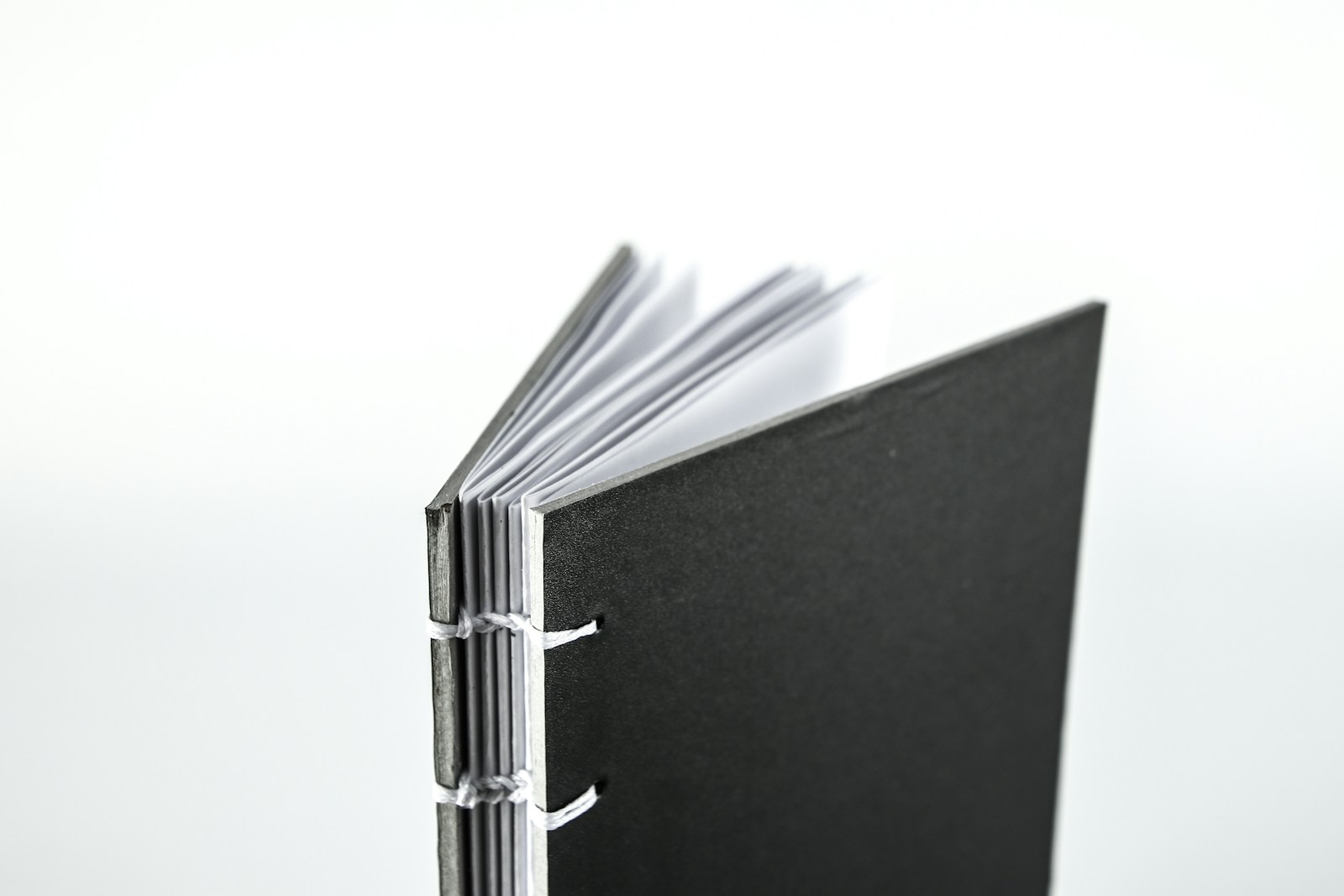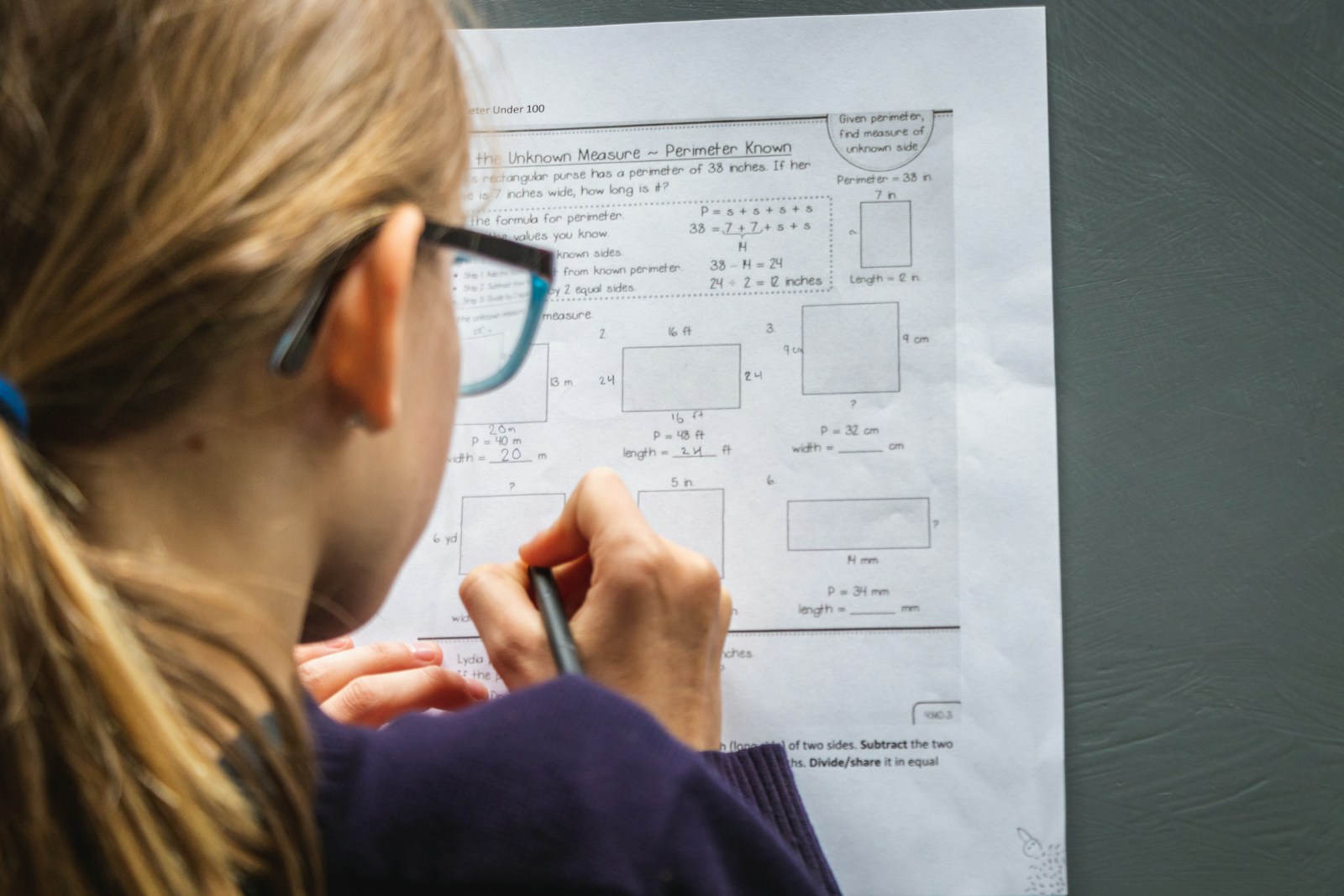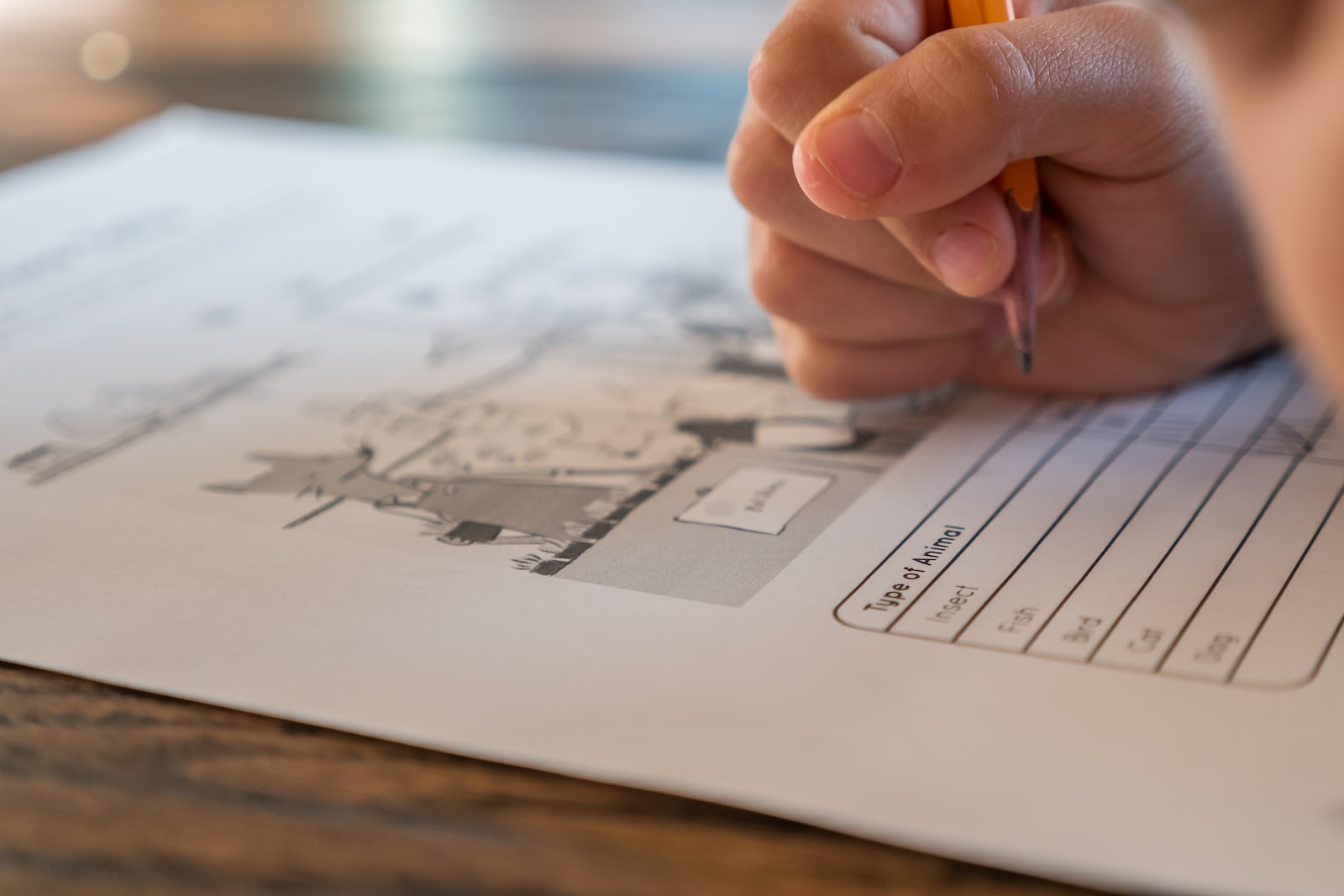
When you start home educating, everything becomes a possible lesson resource. Lesson resources can be found in newspapers and articles, on posters and in tv shows, in films and nature, daily life and world events; current affairs, history and video games. A good resource might be one that generates a lesson itself, adds information to a unit study or sparks curiosity to develop a skill or learn more about a topic.
Collecting Home-Ed Resources
I say collecting because it’s often easier to have a stash of resources to look through than to look for the perfect one – that’s a home educators time loss trap and one I try to stay firmly out of: A resource doesn’t have to be perfect, it just has to do what the lesson requires of it; it’s a tool to give information or support home learners working on a skill set.
For home educators it is infinitely useful to have a supply of resources you know you can pull a writing exercise from, use to practice data-based skills or to inspire creativity and expression. We keep random resources – those not intended for any specific unit study – as part of a grab-and-go lesson folder to ensure there are always lessons ready for home learners to tackle independently, or under non-teacher supervision. In the home-ed ‘random’ resource folder we keep:
- Newspaper articles: Any news piece that at some point might be interesting for home learners to look at, can either be bookmarked as a digital resource or added to a ‘lucky-dip’ folder in your home-ed supply cupboard.
- Brochures / Catalogues: Data! Use numbers for maths lessons that relate to the home learners current area of study, look at products as part of a business studies topic; add interest to geography and history lessons using travel brochures or compare the differences (in format and information) between online and offline brochures/catalogues
- Posters: Use for art inspiration, practice writing short & snappy sentences, ‘what do you think’ style lessons (similar to asking students to read only the title and then guess what a poem might be about)
- Art: Photos of art around you (graffiti, art in local spaces, museums, coffee shops etc); postcards, calendars, old picture books; old art of their creation to return to and update
- Anything that can be made into a collage of any kind – collages are excellent ways for students to mind-map projects or recap their own knowledge.
Additionally to resources focused on written text, data or art work, any documentaries or TV shows that look interesting are added to a list for home learners to choose from. Multimedia resources make home-ed lessons more interesting and resources such as documentaries are fantastic for visual learners.
Lesson Material Source – a Random Waiting Room Poster

- Which languages can you identify?
- Can you guess the others?
- How can you check?
- Place the language on the map
- Memorise – add an extra lesson on using flashcards to memorise and revise*
The lesson created from this resource includes study of geography, languages, online literacy, and includes memorisation practice– a vital skill as they move through academic learning.
Developing a skills tool kit is an important part of home education. Little things we might not think of as we go about day-to-day lessons are often lessons in themselves – using a printer for example; it’s a necessary skill but one that can tie student up in knots if they haven’t been taught how to rescale/resize images or print large images onto A4 (the Excel/Google Sheets way is easiest). Including teaching of non-academic skill sets during academic lessons can help students struggling with the actual lesson objective to leave the classroom feeling they have achieved something.
Lesson Material Source – Competition Details in a Newspaper
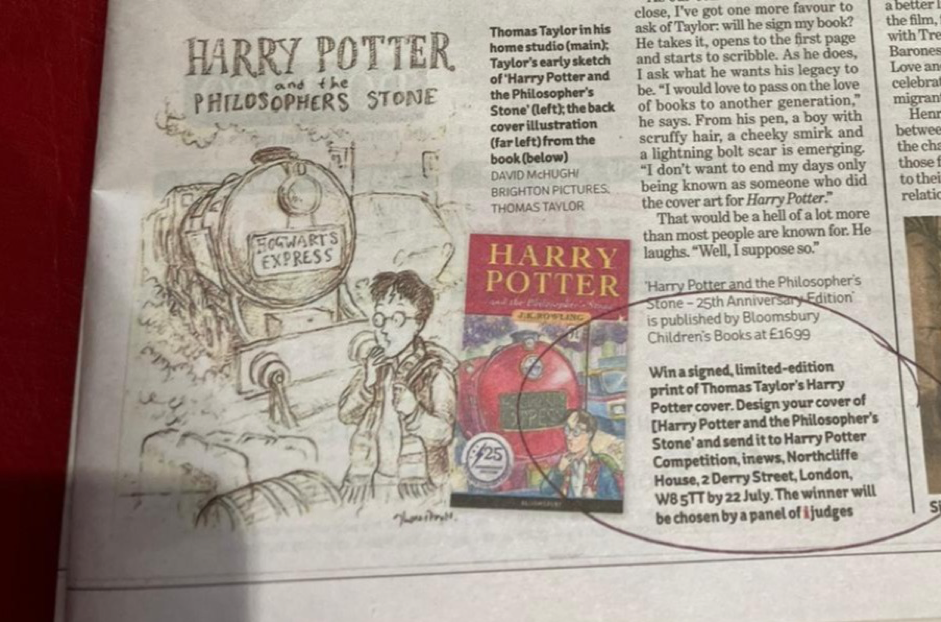
- Think of a cover design & draw a draft outline
- Check its uniqueness; search online for Harry Potter book cover designs
- Re-read the section of ‘Harry Potter and the Philosopher’s Stone’ that relates to the design (eg. a description of Harry) and check the descriptions match the design
- Experiment with art mediums to complete the design
- Address an envelope
This lesson asks the learner to research online. It opens discussions about plagiarism and includes a ‘lesson’ that would in school be a separate lesson (addressing a letter). Most importantly it allows them to play with their own artistic style and encourages them to take pride in the work they produce, having the confidence to enter the competition.
Reading the newspaper article is a separate lesson, in and of itself.
Combining lessons with something that follows an interest takes the pressure off the ‘school’ side of the activity makes learners more relaxed and open to learning.
Lesson Material Source – Newspaper article
Ask home learners to:
- Read the article independently – noting any unfamiliar vocabulary
- Use a dictionary to learn the meaning of any noted down words
- Read aloud
- Talk about the article
- what was the article about? (ask them to summarise)
- what did you learn?
- was it interesting – what was interesting? (did anything in the article spark curiosity or imagination? note it down for a future lesson)
- Find any locations mentioned on a map
In this lesson, the homeschooler extends their vocabulary, practices pronunciation, and discusses something they’ve read. The lesson asks them to use geography skills, use digital literacy skills to find information and encourages them to try a different writing style (biography).
Lesson Material Source – Newspaper quote
A good cover should tell you what it feels like to read a book
Extract from above article
- Do you agree or disagree?
- Can you give an example of a good book cover?
- Can you give an example of a bad book cover?
- Explain your reasons.
This lesson asks the student to read a quote out of context, practice discussion skills and think about visual expression (art).
One newspaper article = three complete lesson plans!
Add an extension lesson asking learners to find out more about Thomas Taylor and write a brief biography or to learn more about the job of a children’s book illustrator.
Planning lessons sometimes means finding resources that teach a specific topic/skill; other times open-ended lessons that encompass cross-subject skills suit the student better. I’ve found that the more random (or fun) the materials, the more engaged they’ll become with the lesson; more focused on tasks.
The more fun you can bring into lessons, the more fun those lessons will be and the more your homeschooler will remember. Curating a home-education inbox (and social media feed) helps maintain a steady stream of potential lesson resources, and once you start actively looking for home-ed resources, there are lesson materials everywhere!
Home education is something home learners may enjoy but still feel different because of.. how many books talk about the first day of school rather than kitchen table lessons at home? Encouraging your family/friends/community to collect things that can be used as lesson resources – pamphlets, photos of cool buildings/places/art etc – can help normalise the idea of home-ed as a schooling choice.
